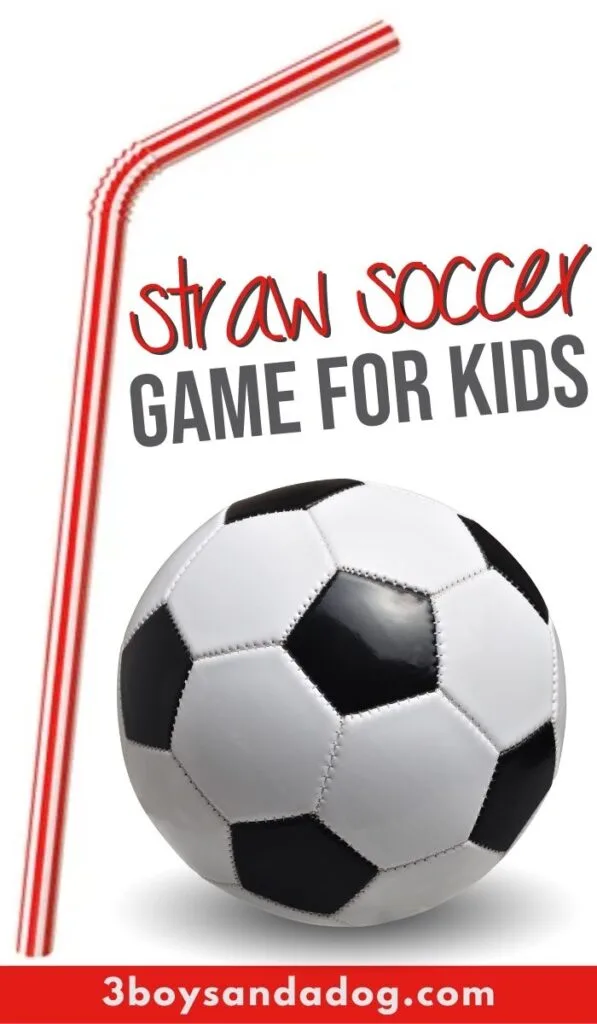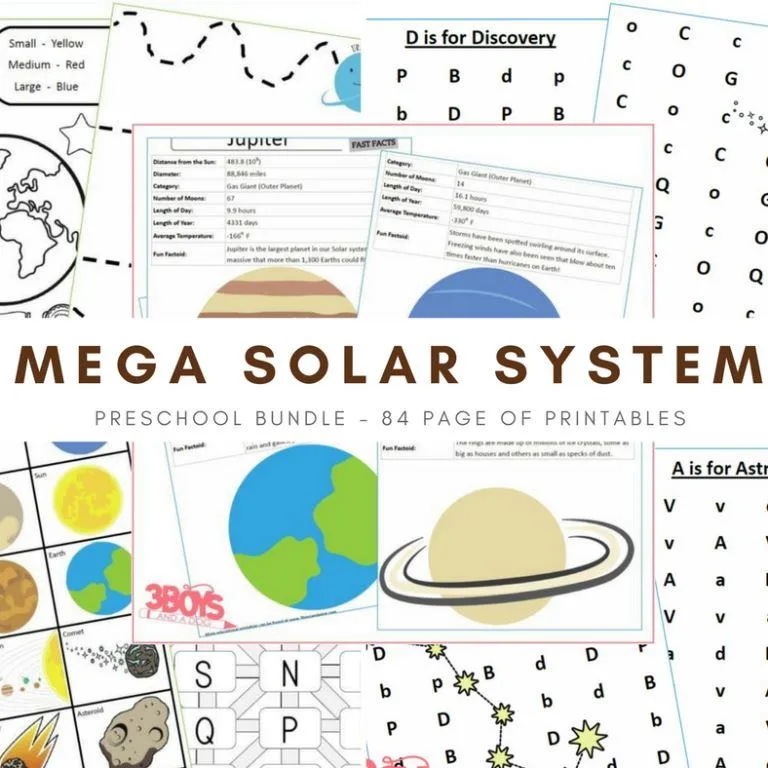Let’s talk about one of my favorite topics: child development activities. We all want our little ones to become strong, healthy, and well-rounded, right?
That’s why engaging them in activities that promote their growth in various areas is important. Today, we will talk about a fun and engaging activity that kids of all ages will love: Straw Soccer Activity!

This activity promotes hand-eye coordination, causes and effects (hey, if I blow through the straw, the ball moves!), and encourages physical activity.
Plus, it’s super easy to set up and can be played indoors or outdoors. So, grab some straws and a ball, and let’s get “kicking”!
Developmental Benefits of Straw Soccer:
Straw Soccer isn’t just any game – it’s a fun and exciting way for kids to have a blast while boosting their development. And guess what? It’s especially perfect for kiddos who are four years old and up!
So, why is Straw Soccer so darn beneficial? Let’s dive in and discover all the awesome perks it brings to the table for our little ones.
Skills Enhanced By This Activity:
Enhances Hand-Eye Coordination
One of the primary benefits of Straw Soccer is that it significantly enhances hand-eye coordination. The game requires children to blow through a straw to move a small ball towards a goal.
This action necessitates precise coordination between the eyes, which observe the ball’s position, and the hands, which control the straw’s direction.
Regular practice with Straw Soccer can help children improve their hand-eye coordination over time, a skill crucial for many other activities like writing, typing, sports, and even simple tasks like buttoning a shirt.
Teaches Cause and Effect
Straw Soccer also presents an excellent opportunity to teach children about cause and effect.
As they play, kids learn that the force behind their breath impacts the ball’s speed and direction. If they blow too hard, the ball might fly off course, but it may not reach the goal if they blow too softly.
Understanding this relationship between cause (blowing intensity) and effect (ball movement) is a fundamental cognitive skill that aids children’s problem-solving abilities and scientific thinking.
Suitability for Children Aged 4 Years and Above
Straw Soccer is suitable for children aged four years and above mainly because, by this age, children have developed the necessary motor skills and lung capacity to blow into the straw effectively.
They are also at a stage where they can understand and follow the game’s rules and grasp the concept of cause and effect.
Playing Straw Soccer can be a fun way for them to exercise these skills while also enjoying a sense of accomplishment when they score a goal.
Straw Soccer is more than just a game. It’s a development tool that enhances hand-eye coordination, teaches cause and effect, and perfectly suits children in their early years of growth.
We can make learning fun and interactive by incorporating such activities into children’s routines.
Materials Needed for the Game
Here’s a detailed description of each material needed for Straw Soccer, along with some alternative suggestions if the original materials are not readily available.
- Small Piece of Paper
The small piece of paper will be the ‘ball’ in this game. It should be lightweight and small enough to be moved by the force of air from the straw. You can crumple a piece of scrap paper into a small ball.
Alternative: If you don’t have paper, use other lightweight materials like a small pompom, a cotton ball, or a light plastic bead.
- Flat Surface
The flat surface will be the ‘field’ or ‘pitch’ in this game. This could be a table, a desk, or even the floor, as long as it is flat and smooth so the paper ball can move easily across it.
Alternative: Any large, flat surface will do if a table or desk isn’t available. This could include a clean floor, a wide windowsill, or a large tray.
- Short Straw
The short straw blows air toward the paper ball, moving it across the field. The straw should be short enough to control easily but long enough to reach over the playing field.
Alternative: If you don’t have a straw, use a rolled-up paper or a plastic tube. Anything that can direct your breath in a specific direction will work.
Remember, the essence of Straw Soccer lies in its simplicity. While the above materials are suggested, please modify them based on what you have. The goal is to have fun and learn in the process!
Instructions for Playing Straw Soccer
Want to know how to play this awesome game? Well, you’re in luck because I’ve got a step-by-step guide just for you.
- Prepare the Field: Find a flat surface serving as your playing field. This could be a table, desk, or even the floor. Make sure you have enough space to move around.
- Create the Ball: Crumple a small piece of paper into a ball. Ensure it is lightweight enough to move when blown by air from the straw.
- Ready the Straws: Each player should have a short straw. This will blow air towards the paper ball, propelling it across the playing field.
- Set the Boundaries: Mark the goal areas on each end of the playing field. You can mark these areas using tape, books, or other objects.
- Start the Game: Place the paper ball in the center of the playing field. When both players are ready, start the game. The aim is to blow the paper ball using the straw into the opponent’s goal area.
- Scoring: A point is scored each time a player gets the paper ball into the opponent’s goal area. The player with the most points wins the game after a predetermined time limit or set number of rounds.
Shop My Learning Printables:
The following homeschool picks of mine can be found in my shop. Simply click the image that interests you!
Additional Tips for Making the Game More Interesting or Challenging
- Obstacles: Add obstacles onto the playing field to make the game more challenging. Players must maneuver the ball around these obstacles, enhancing their strategic thinking and control skills.
- Time Limit: Implement a time limit for each round. This increases the pressure and makes the game more exciting.
- Team Play: If you have more than two players, consider playing in teams. This encourages cooperation and adds a layer of complexity to the game.
- Different Ball Sizes: Use different sizes of paper balls. Smaller balls are harder to control and score, making the game more challenging.
Remember, Straw Soccer’s key is having fun while developing important skills. Feel free to adapt these rules and tips to suit your players’ abilities and preferences.

Straw Soccer is a simple yet powerful game that can aid a child’s overall development, making it a great addition to any educational or recreational program.
So why wait? Gather your materials and start playing today! Happy scoring!























kelly at Little Wonders' Days
Wednesday 12th of September 2012
My dad used to play this game with me while we were waiting at restaurants. I had forgotten all about it! My kids will love this game. Thanks for linking up to the AfterSchool Party.